Geotextile Puncture, Puncture, Strip Tensile, and Trapezoidal Tear Test Fixtures
Introduction to Geotextile Puncture, Puncture, Strip Tensile, and Trapezoidal Tear Test Fixtures
Geotextiles are widely used in engineering projects for soil stabilization, drainage systems, and erosion control. To ensure their performance in various conditions, it is crucial to test their mechanical properties such as puncture resistance, tensile strength, and tear resistance. The use of specialized test fixtures is key to accurately assessing these characteristics. This article introduces four essential test fixtures for geotextiles: Puncture Test Fixtures, Puncture Test Fixtures, Strip Tensile Test Fixtures, and Trapezoidal Tear Test Fixtures. We also outline the corresponding testing standards and compatible testing machines for each fixture.
1. Geotextile Puncture resistance Test Fixture
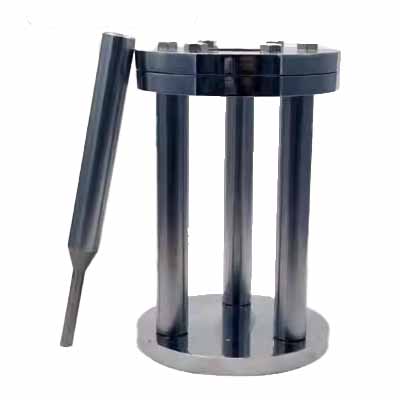
Product Overview:
The geotextile puncture test fixture is designed to evaluate the puncture resistance of geotextiles under concentrated loads. It simulates the pressure geotextiles might encounter during installation or in the field, determining their ability to resist puncturing by sharp objects or concentrated forces.
Application Area:
Ideal for testing geotextile materials used in construction, landfills, and drainage systems, where puncture resistance is critical.
Specifications:
Press head diameter:8mm
Inner diameter of circular fixture: 45mm
Testing Standards:
GB/T 19978 geotextiles and geotextiles-related products— determination of the puncture resistance
ASTM D4833 standard test method for index puncture resistance of geotextiles, geomembranes, and related products
Compatible Testing Machine:
The puncture test fixture is typically used with Universal Testing Machines (UTM) that provide precise load control and consistent performance during testing.
2. Geotextile CBR static Puncture Test Fixture
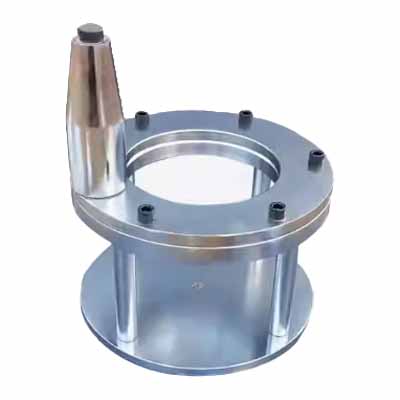
Product Overview:
Similar to the puncture test fixture, the geotextile puncture test evaluates how geotextiles perform under sharp, concentrated puncture forces. This fixture focuses on determining how geotextiles resist penetration by pointed or sharp objects.
Application Area:
Commonly used to assess geotextiles in applications where the material may encounter sharp objects, such as in soil reinforcement or road construction.
Specifications:
Press head diameter: 50mm
Press rod height:100mm
Inner diameter of circular fixture: 150mm
Testing Standards:
ISO 12236 geosynthetics – static puncture test (CBR test)
GB/T 14800 geosynthetics – static puncture test (CBR test)
Compatible Testing Machine:
The puncture test fixture works well with Electronic Universal Testing Machines (UTM), allowing precise load application and real-time monitoring.
3. Geotextile Strip Tensile Test Fixture
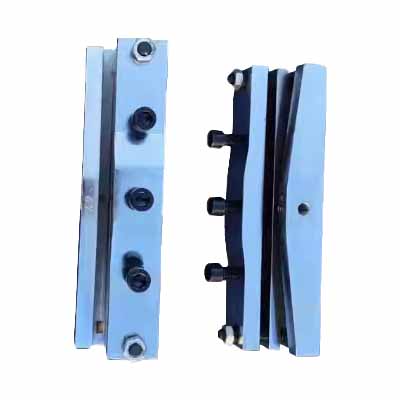
Product Overview:
The strip tensile test fixture is used to assess the tensile strength and elongation characteristics of geotextiles. It involves stretching a strip of the material to evaluate how it deforms under tensile loads, simulating conditions such as soil pressure or stretching during installation.
Application Area:
Used for evaluating the tensile properties of geotextiles, especially in applications like soil reinforcement, where tensile strength is vital.
Testing Standards:
ASTM D4595 standard test method for tensile properties of geotextiles by the wide-width strip method
ISO 10319 geosynthetics – wide-width tensile test
· GB/T 15788 geotextiles and geotextile-related products – wide-width tensile test
Compatible Testing Machine:
This test requires an Electronic Universal Testing Machine (UTM), equipped with accurate force and displacement control to handle wide-strip samples.
4. Geotextile Trapezoidal Tear Test Fixture
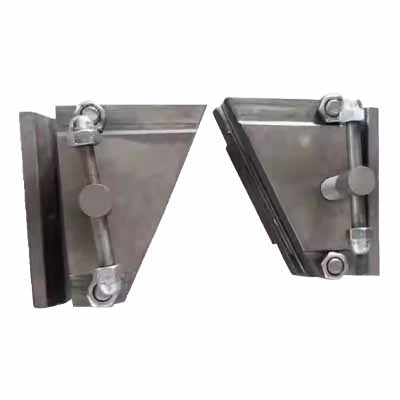
Product Overview:
The trapezoidal tear test fixture is used to evaluate the tear resistance of geotextiles under tension. The fixture simulates real-life scenarios where geotextiles might tear under applied loads, such as during handling, installation, or in harsh environmental conditions.
Application Area:
This test is vital for assessing geotextiles used in geotechnical applications where tear resistance is crucial, such as in erosion control and soil stabilization.
Testing Standards:
ASTM D4533 standard test method for trapezoid tearing strength of geotextiles
GB/T 13763 geosynthetics – determination of trapezoid tearing force
Compatible Testing Machine:
The trapezoidal tear test fixture is most commonly used with Electronic Universal Testing Machines (UTM), which allow for precise control over the loading rate and testing environment.
How to Choose the Right Test Fixture and Machine for Geotextile Testing
When selecting test fixtures for geotextile performance testing, it is important to consider both the specific test standards and the material being tested. The following factors should guide the selection process:
Load Capacity: Different tests require different load capacities. Puncture tests may require higher loading forces, while tensile and tear tests may require precise control over loading rates.
Precision: The accuracy of the force and displacement measurement systems is essential for reliable results, especially for tensile and tear tests.
Fixture Compatibility: Each test fixture should be matched with the appropriate testing machine to ensure reliable and repeatable results.
For most geotextile tests, Universal Testing Machines (UTM) are commonly used, as they offer precise control over loading rates and can handle a wide range of material types.
Geotextile performance testing is essential for ensuring that materials meet the required standards for strength, durability, and resistance to puncture, tear, and stress. By using the correct test fixtures, such as the puncture test, strip tensile test, and trapezoidal tear test fixtures, alongside the right testing machines, you can ensure accurate and reliable testing results. These tests are vital for ensuring geotextiles perform effectively in their intended applications.
Geotextile Puncture Fixture, Geotextile Puncture Test, Strip Tensile Test Fixture, Trapezoidal Tear Test Fixture, Geotextile Mechanical Testing, Geotextile Performance Testing, Geotextile Testing Standards, Geotextile Test Equipment
Categories
- electronic universal testing machine
- hydraulic universal testing machine
- impact testing machine
- compression testing machine
- horizontal tensile testing machine
- manhole cover testing machine
- pellet compression testing machine
- material testing machine
- steel strand tensile testing machine
- rubber testing equipment
- plastic testing equipment
- load cell
- Böhme abrasion tester
- all testing machine and equipment
- ceramic tiles testing equipment
- asphalt mixture testing equipment
- footwear testing machine
- test fixtures
- torsion tester
- cupping testing machine
- friction and wear tester
Contact Us
- +86-18615632092
- wtbequipment@hotmail.com
- sophie-tester
- +86-18615632092
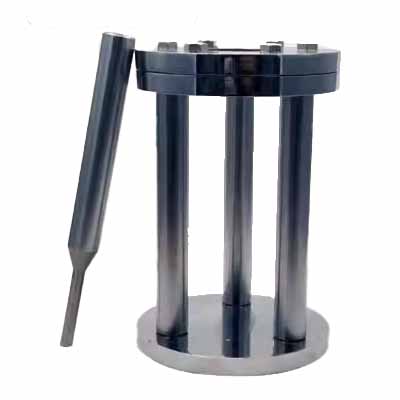
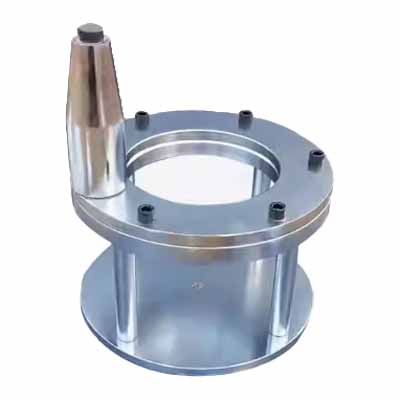

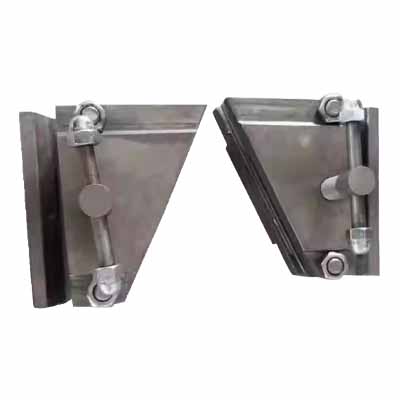


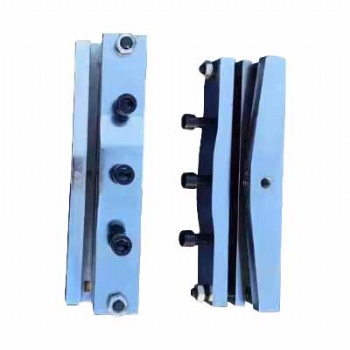

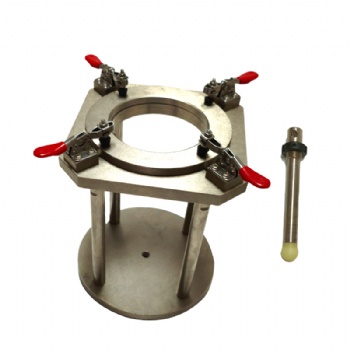

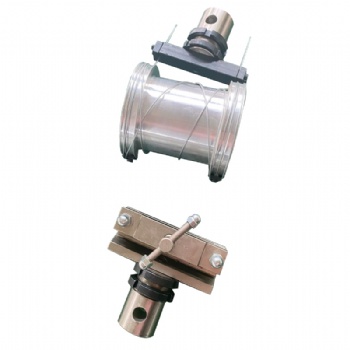
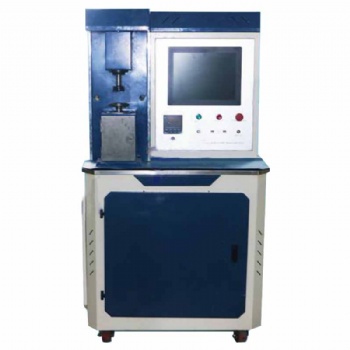
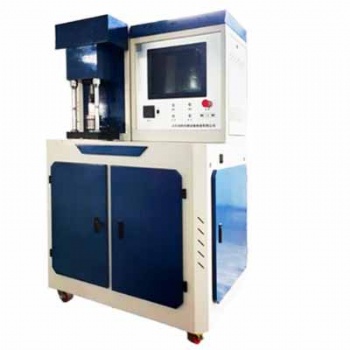
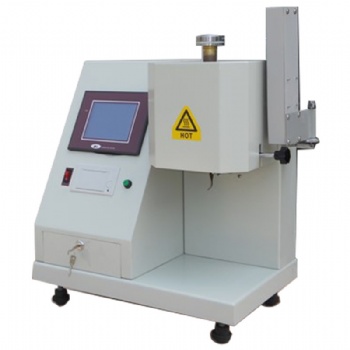

 售前客服
售前客服